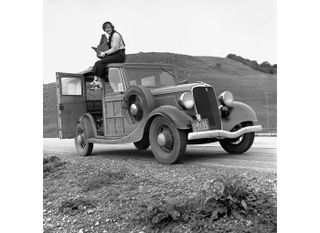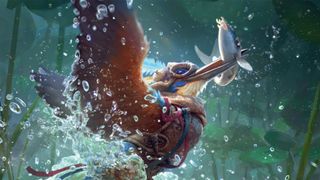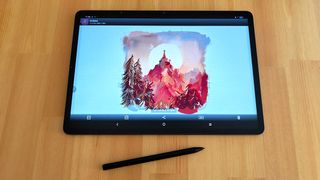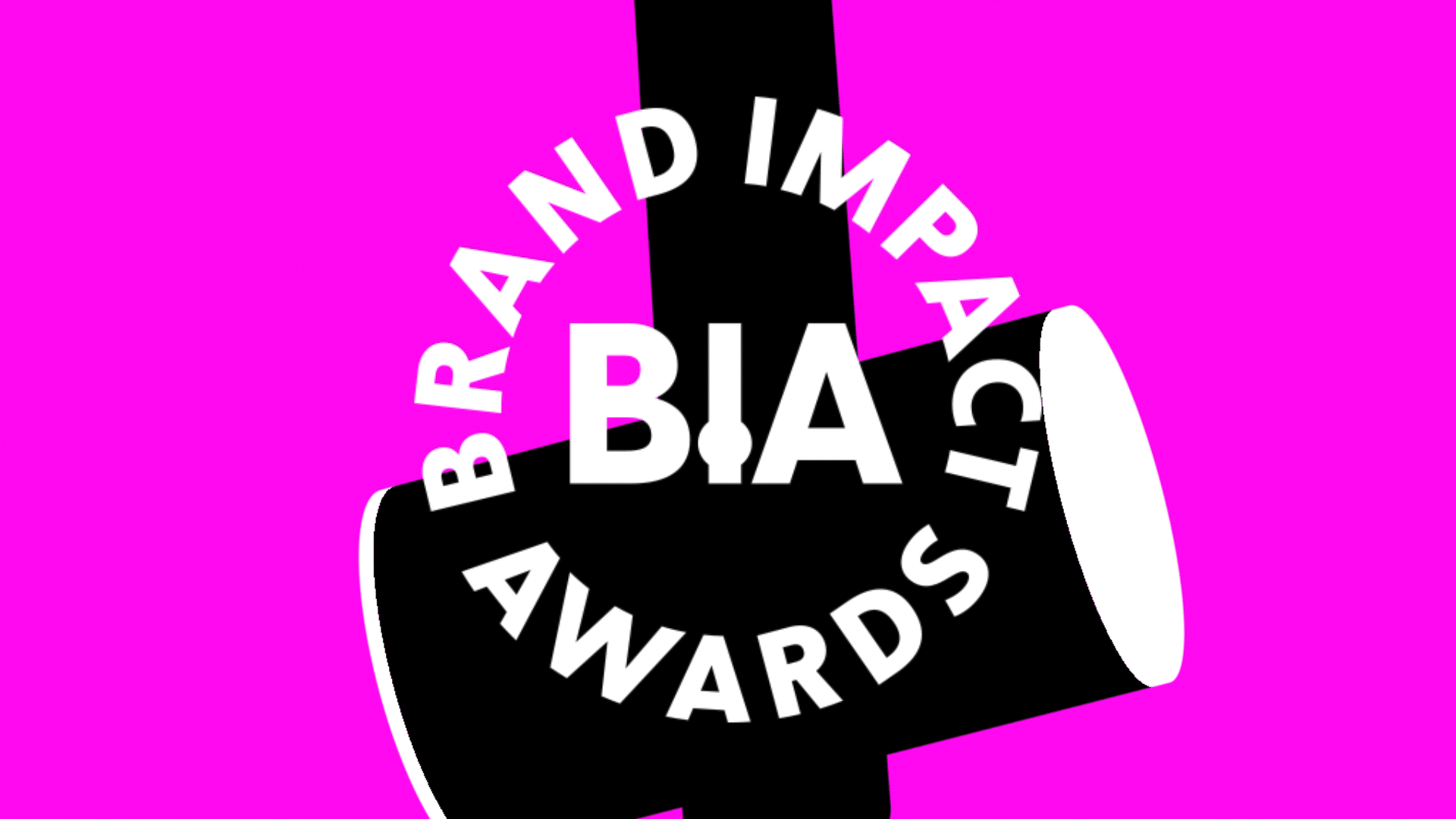Why analogue photography is making a creative comeback
And it's not all down to nostalgia.
Over the best part of the last 30 years, pixels have replaced grains and algorithms have usurped darkroom chemistry for almost every application of photography in the creative industries. You don’t need me to tell you why. If we remove our rose-tinted glasses for a moment, it’s clear that when full frame professional cameras became available to the mass consumer in the early 2000s, it made life so much easier. The price, availability, technology and general logistics of producing professional film photography now makes it almost inconceivable to think about it being a replacement for the digital world.
But does that tell the whole truth? The fact is, being a photographer today is harder than ever. With superlative quality available on devices that are getting smaller and smaller (such as with the best camera phones), not to mention the ability of AI to leap ahead of a human’s ability to capture the essence of a glossy brochure image, it’s left us asking what comes next for an industry that's heyday feels firmly rooted in the previous century.
As ever, the creative industry adapts, and it is currently doing what it does best and that’s innovate based on what it already knows. There is no doubt that analogue film photography is experiencing a noteworthy resurgence, particularly in the realm of commercial use by agencies. After a quick scroll through Instagram, you wouldn’t be blamed for thinking that this is a cynical attempt to create affinity with younger generations who have a nostalgic yearning for the past, but I think there’s more going on here. It’s clear that using film has become a deliberate choice rooted in the unique qualities that it brings to the creative process.
The world is oversaturated with pristine digitally manipulated images, and many would argue that so much ‘sheen’ has been applied to what we look at everyday that the story behind each picture struggles to come off the page or screen. Not only does using film offer a departure from clinical perfection aesthetically, but the recent success of films such as Mark Jenkins’ Bait and Enys Men, both shot on a hand-cranked 16mm film camera, show that there’s an audience for something different that goes beyond the echo chamber of our industry.

The American photographer Dorothea Lange, renowned for her images of the Great Depression, once said that ‘the camera is an instrument that teaches people how to see without a camera.’ There’s a general trend to say that the feeling in photography currently is that film does this more successfully than our iPhones, in the sense that our phones tell us what everyone is feeling, a film camera can offer focus and a direct connection to the image.
Film photography fosters a deliberate, strategic mindset. It’s necessary to adopt a methodical approach, leading to a more thoughtful narrative that allows for a deeper understanding of what’s being conveyed. Film creates a sense of craftsmanship and authenticity that aligns with the values of many brands - the tactile experience of handling film fosters a connection to the art form and film has the added benefit of not being tied to technological process. Many cameras and lenses used over the past century are still perfectly able to be used and in a world that is begging us to stop fetishising progress, this feels like a win for everyone in the sustainability stakes too.
Brands looking to do something different are increasingly turning to film to offer to consumers the ability to say they understand all of the above, and for agencies, many are waking up to the benefits of having this craft firmly rerooted as part of their offering.
Get the Creative Bloq Newsletter
Daily design news, reviews, how-tos and more, as picked by the editors.
On the flipside, see how AI is changing graphic design.
Thank you for reading 5 articles this month* Join now for unlimited access
Enjoy your first month for just £1 / $1 / €1
*Read 5 free articles per month without a subscription
Join now for unlimited access
Try first month for just £1 / $1 / €1
Jacob Little is a freelance writer and photographer and over the past ten years, has written for several national publications and brands. Based near Bristol, technology and the creative industries form the basis of his work, and he also provides content planning and project scoping services for agencies and businesses.




